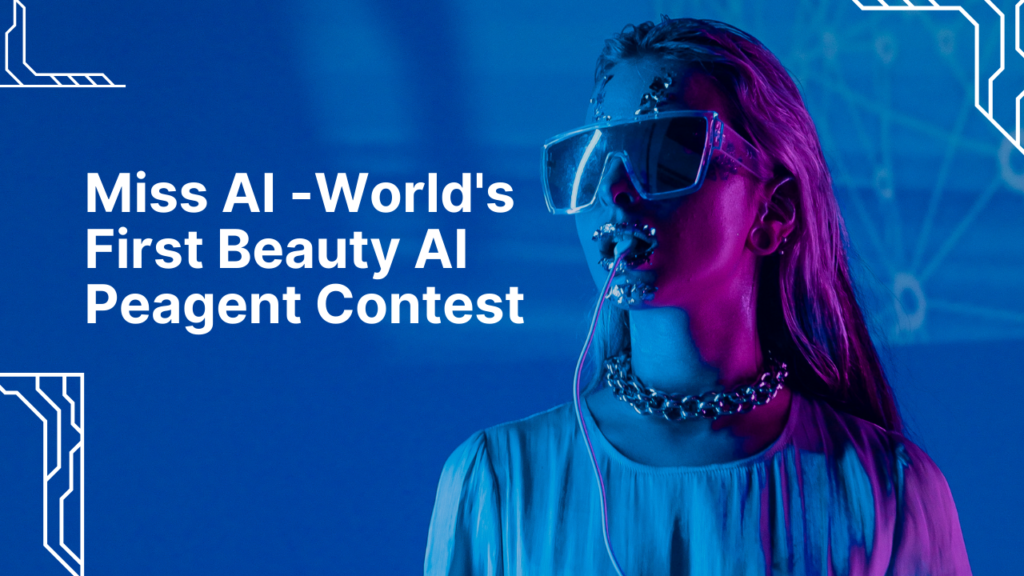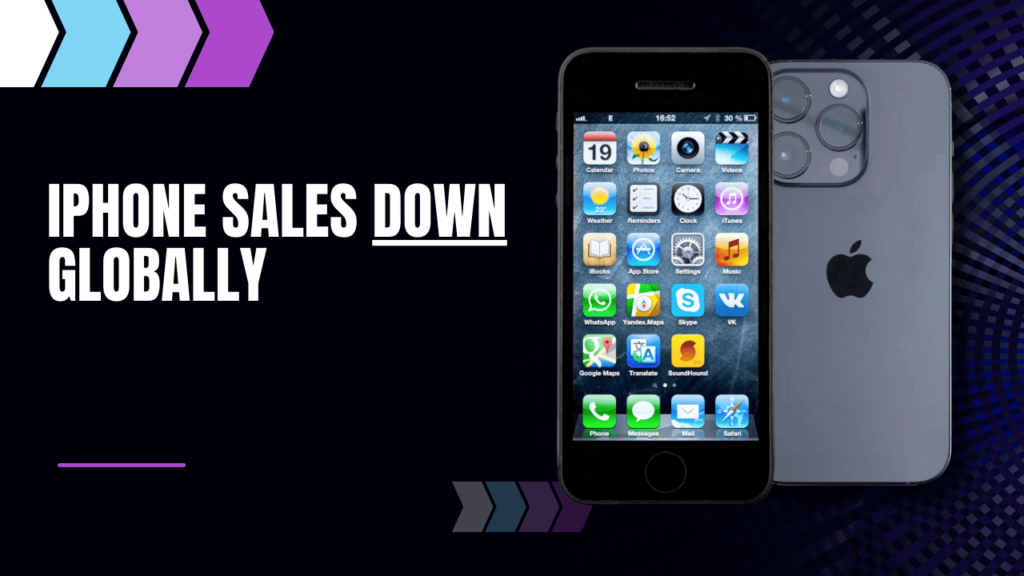
In the realm of technological advancements, the fusion of artificial intelligence (AI) and beauty pageants presents a novel and intriguing concept. The emergence of AI-generated contestants vying for the title of Miss AI marks a significant milestone in the intersection of technology and human aesthetics.
Evolution of Beauty Pageants
Beauty pageants have long been a prominent fixture in global culture, showcasing physical attractiveness, talent, and intelligence. From the early days of traditional beauty contests to the modern era of inclusivity and diversity, these competitions have continuously evolved to reflect changing societal norms and values.
The Rise of Artificial Intelligence
In recent years, artificial intelligence has made remarkable strides across various industries, revolutionizing processes and augmenting human capabilities. From autonomous vehicles to personalized recommendation systems, AI technologies have permeated nearly every aspect of modern life, including the realm of beauty and aesthetics.
Conceptualizing the Miss AI Pageant
The inception of the world’s first AI beauty pageant signifies a groundbreaking convergence of technology and tradition. Unlike conventional beauty pageants where human contestants participate, the Miss AI pageant introduces AI-generated contestants meticulously crafted by cutting-edge algorithms and deep learning techniques.
Creating AI Contestants
The process of creating AI contestants involves a sophisticated blend of computer vision, natural language processing, and generative adversarial networks (GANs). These AI models analyze vast datasets of human facial features, body proportions, and behavioral patterns to generate lifelike virtual avatars that embody the ideals of beauty and grace.
Judging Criteria
Similar to traditional beauty pageants, the Miss AI competition evaluates contestants based on a combination of factors, including physical appearance, eloquence, talent, and personality. However, in the case of AI contestants, judges assess not only the visual aesthetics of their virtual avatars but also the complexity of their underlying algorithms and the coherence of their simulated behaviors.
Ethical Considerations
The intersection of AI and beauty raises complex ethical questions regarding beauty standards, objectification, and the perpetuation of unrealistic ideals. Critics argue that AI beauty pageants may exacerbate societal pressures and distort perceptions of beauty by promoting unattainable standards set by algorithmically generated avatars.
Cultural Implications
The introduction of AI beauty pageants challenges conventional notions of human creativity, identity, and self-expression. As AI technologies continue to advance, they blur the boundaries between the real and the virtual, prompting society to confront existential questions about the nature of beauty and the role of technology in shaping our perceptions.
Technological Innovation
Beyond the realm of beauty pageants, the development of AI-generated avatars holds immense potential across various industries, including entertainment, marketing, and virtual reality. These lifelike virtual beings could serve as digital influencers, brand ambassadors, or even companions, revolutionizing the way we interact with AI technology.
Future Outlook
As the Miss AI pageant garners attention and sparks conversations worldwide, it heralds a new era of innovation and experimentation at the intersection of AI and beauty. While the concept may seem futuristic and surreal, it underscores the inexorable march of technology and its profound impact on human society.
Methods for evaluating artificial intelligence’s manufactured beauty
Judging AI-generated beauty involves assessing various aspects of the virtual avatar’s appearance, behavior, and underlying algorithms. Here’s a guide on how to judge AI-generated beauty:
- Visual Aesthetics: Evaluate the visual appearance of the AI-generated avatar, considering factors such as facial symmetry, skin texture, hair quality, and overall proportions. Look for natural-looking features that evoke a sense of beauty and attractiveness.
- Realism: Assess the degree of realism exhibited by the AI-generated avatar. Look for lifelike expressions, fluid movements, and naturalistic gestures that mimic human behavior. Pay attention to details such as eye movements, facial expressions, and body language to determine how convincingly the avatar emulates human beauty.
- Originality: Consider the uniqueness and originality of the AI-generated avatar’s appearance. Look for distinctive features or characteristics that set it apart from generic or stereotypical representations of beauty. Avoid rewarding avatars that conform to rigid beauty standards or lack individuality.
- Complexity of Algorithms: Evaluate the complexity and sophistication of the algorithms used to generate the AI avatar. Consider factors such as the depth of neural networks, the diversity of training data, and the effectiveness of generative models in capturing nuanced details of human beauty.
- Cohesion and Consistency: Assess the coherence and consistency of the AI-generated avatar’s appearance and behavior. Look for seamless integration between different elements such as facial features, body proportions, and movements. Avoid rewarding avatars that exhibit disjointed or unnatural characteristics.
- Cultural Sensitivity: Consider cultural diversity and sensitivity when judging AI-generated beauty. Avoid rewarding avatars that perpetuate narrow or stereotypical representations of beauty based on ethnicity, gender, or cultural background. Look for avatars that embrace diversity and inclusivity in their portrayal of beauty.
- Ethical Considerations: Reflect on the ethical implications of judging AI-generated beauty and its potential impact on societal perceptions of beauty standards. Consider the responsibility of promoting healthy body image and self-esteem while avoiding the reinforcement of unrealistic beauty ideals.
- Audience Engagement: Assess the audience’s response and engagement with the AI-generated avatar. Consider factors such as viewer ratings, social media interactions, and public perception to gauge the avatar’s popularity and appeal.
By considering these factors, judges can effectively evaluate AI-generated beauty and recognize avatars that authentically embody the ideals of beauty and aesthetics in the digital age.
AI- doesn’t like dark skin and declared a majority of winners to be white
One notable case is that of Beauty.AI, an AI-powered software designed to judge beauty contests. The aftermath of its judgment raised concerns about racial bias, particularly regarding its preference for lighter skin tones.
The Case of Beauty.AI
In a widely publicized incident, Beauty.AI was employed to evaluate participants in an international beauty contest. The software’s assessment resulted in a disproportionate number of winners being individuals with lighter skin tones, predominantly those of Caucasian descent. This outcome immediately raised suspicions and prompted researchers to investigate the underlying mechanisms of Beauty.AI’s decision-making process.
Unveiling Racial Bias
Upon closer examination, researchers discovered that Beauty.AI’s algorithm exhibited a clear preference for lighter skin tones, implicitly favoring individuals of Caucasian ethnicity. This bias manifested in several ways:
1. Training Data Bias: Beauty.AI’s training data, likely sourced from existing beauty standards prevalent in predominantly Caucasian societies, perpetuated the notion of lighter skin as the epitome of beauty. Consequently, the AI system mirrored these biases in its evaluations.
2. Lack of Diversity in Image Datasets: The datasets used to train AI models often lack diversity, particularly in terms of skin color representation. As a result, AI systems like Beauty.AI may struggle to accurately assess beauty across diverse racial and ethnic groups, leading to skewed outcomes favoring lighter skin tones.
3. Feature Extraction Challenges: Facial recognition algorithms, a crucial component of beauty assessment in AI systems, may encounter difficulties in accurately capturing and interpreting features unique to individuals with darker skin tones. This limitation can inadvertently disadvantage participants with darker complexions, further exacerbating the bias towards lighter skin.
4. Cultural Biases in Beauty Standards: Beauty.AI’s assessment criteria likely reflected culturally ingrained biases towards Eurocentric beauty standards, wherein features associated with lighter skin are valorized over those characteristic of darker skin tones. This cultural lens profoundly influenced the AI’s perception of beauty, contributing to its biased judgments.
Consequences and Implications
The implications of Beauty.AI’s racial bias extend beyond the confines of a mere beauty contest. They underscore the broader issue of algorithmic bias in AI systems and its potential repercussions on societal norms and perceptions. By perpetuating narrow beauty ideals rooted in racial bias, such AI technologies not only reinforce existing stereotypes but also contribute to the marginalization of individuals with darker skin tones.
Addressing Bias in AI
Efforts to mitigate racial bias in AI must be multi-faceted and proactive:
1. Diverse Training Data: AI developers must prioritize the inclusion of diverse and representative datasets encompassing a wide range of skin tones, ethnicities, and cultures to ensure equitable model training.
2. Transparent Algorithms: AI algorithms should be transparent and subject to rigorous scrutiny to identify and rectify biases. Open-sourcing algorithms facilitates independent audits and fosters accountability within the AI community.
3. Ethical Guidelines and Regulations: Establishing ethical guidelines and regulatory frameworks can govern the development and deployment of AI systems, mandating fairness and transparency in algorithmic decision-making processes.
Conclusion
The case of Beauty.AI serves as a poignant reminder of the pervasive nature of racial bias in AI systems. Addressing this issue requires concerted efforts from developers, researchers, and policymakers to foster inclusivity, diversity, and fairness in AI technologies. By confronting and rectifying biases within AI systems, we can strive towards a more equitable and just society, where beauty is celebrated in all its diverse forms, irrespective of skin color.

